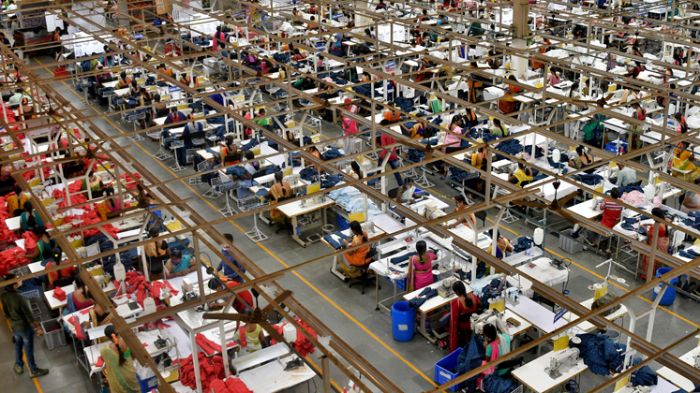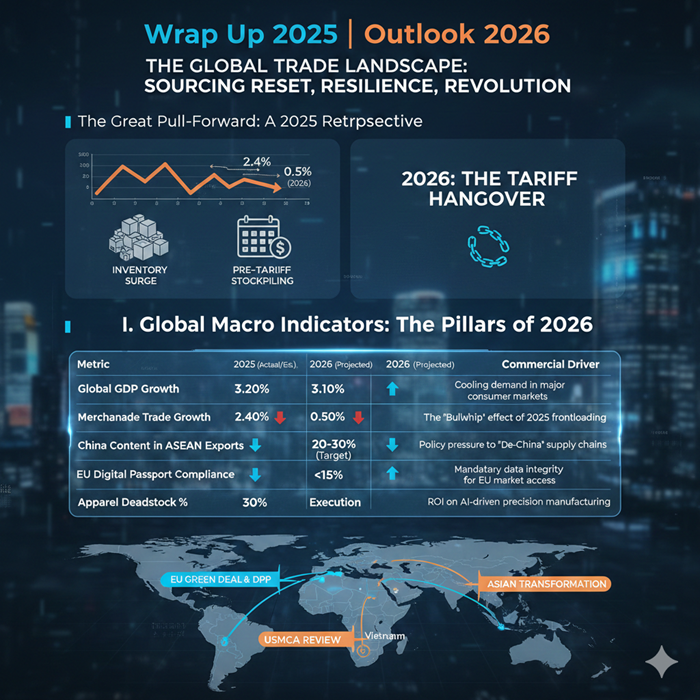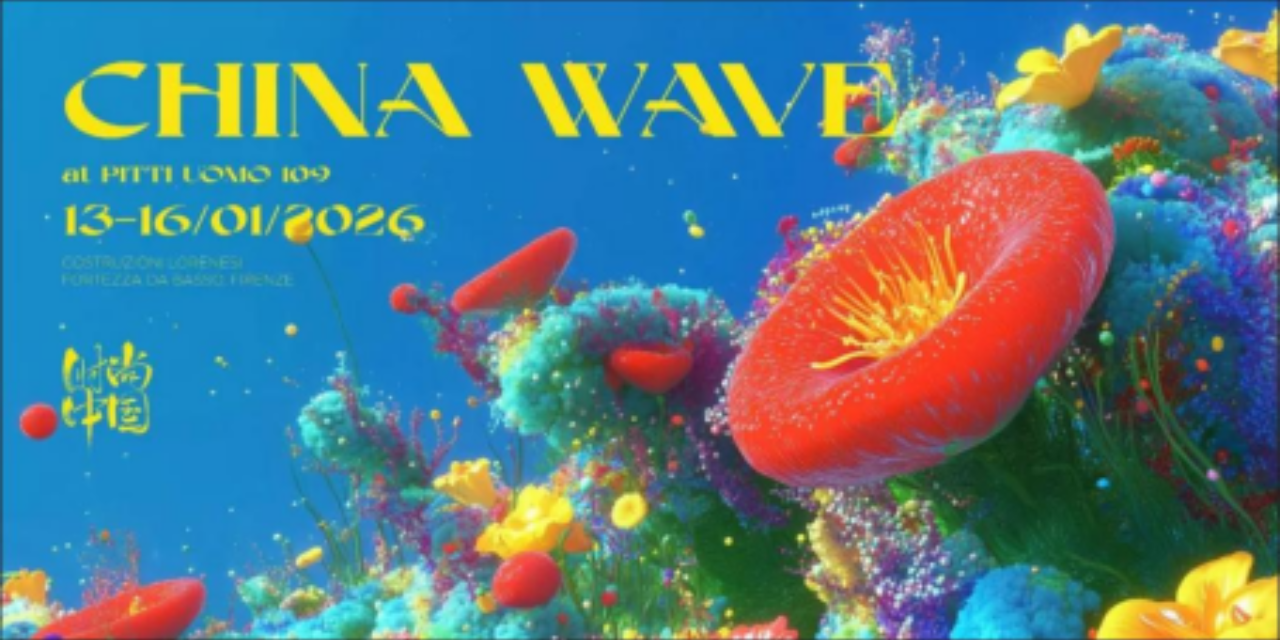
The global garment industry is facing a potential paradigm shift driven by stricter regulations on sourcing and production. Export markets like the European Union (EU) are increasingly favoring garments where countries source their own textiles internally, driven by compliance with stricter Rules of Origin (ROO) regulations. ROO stipulate the geographic origin of a product for preferential trade treatment. These regulations determine the nationality of a product for customs purposes and preferential trade agreements. Countries that comply with these ROOs gain easier access to the EU market with lower tariffs or duty-free imports.
ROO challenge, sourcing domestically
ROOs are a complex set of regulations established by trade blocs like the EU to determine the origin of a product. They play a crucial role in granting preferential trade benefits like lower tariffs or duty-free access. Traditionally, garments could qualify for these benefits even if the fabric was sourced from one country and assembled in another. However, stricter ROO requirements are demanding a higher degree of vertical integration within a country's textile and garment industry.
A key aspect of EU's ROO for garments is that a certain percentage of the textile content needs to be sourced from within the EU or a country with a Free Trade Agreement (FTA) with the EU. This is challenge for garment manufacturers who traditionally source textiles from the most cost-effective locations, often outside the EU. As Agatha Burton, trade policy analyst at the Brussels Institute for Global Governance explains, the EU's ROO compliance is becoming increasingly stringent. This incentivizes garment producers to source their textiles from within the bloc or from countries with preferential trade agreements, creating a potential advantage for domestic textile industries.
Similar regulations elsewhere
While the EU's ROO is a prominent example, other regions are adopting similar regulations. The North American Free Trade Agreement (NAFTA), now replaced by the United States-Mexico-Canada Agreement (c), has ROOs that require a certain percentage of content to be sourced from within the agreement. Additionally, countries like China are implementing stricter regulations on product traceability, which can indirectly impact sourcing decisions. The Association of Southeast Asian Nations (ASEAN) Free Trade Area (AFTA) also implements ROO requirements for preferential tariffs within the region. These regulations incentivize regional sourcing within trade blocs, impacting garment production beyond Europe.
The FTA advantage
Countries with a strong domestic textile industry and an FTA with the EU stand to benefit from the ROO regulations. Turkey, for instance, has a well-established textile industry and a deep and comprehensive FTA with the EU. This allows Turkish garment manufacturers to comply with ROOs more easily and potentially gain a competitive edge in the European market. "Our FTA with the EU simplifies compliance and reduces costs," says Mehmet Kaya, President, Turkish Textile and Apparel Manufacturers Association. This allows us to compete effectively with producers who may struggle to meet the ROO requirements.
In fact, with the EU's stricter stance, countries with well-developed textile industries stand to gain an advantage. According to a 2022 report by the European Commission, Italy, France, and Germany – all with robust textile sectors – are major EU garment exporters. Countries with existing FTAs with the EU already enjoy preferential tariffs, making them more competitive. Vietnam, for instance, boasts of a booming garment industry and a 2020 Free Trade Agreement with the EU. This agreement offers Vietnamese garment manufacturers a significant advantage when complying with ROO regulations.
Countries with existing FTAs with the EU
Several countries with established textile industries already have FTAs with the EU
• Turkey
• Morocco
• Tunisia
• South Korea
• Vietnam (partially ratified)
Impact on sourcing
The impact of ROOs on garment sourcing is likely to be a gradual shift rather than a sudden change. The emphasis on internal textile sourcing could indeed be a paradigm shift. Traditionally, garment manufacturing relied heavily on geographically separated production stages. Countries like Bangladesh, known for low-cost labor, often sourced textiles from elsewhere before assembling garments for export. The new focus on ROO compliance might force a more vertically integrated approach, with countries building or expanding their domestic textile industries.
In the short to mid-term, one may see increased focus on sourcing textiles from FTA partner countries, so countries like Turkey and Vietnam, benefit the most; more investment in domestic textile production capacity within the EU; potential price increases for garments due to higher sourcing costs; a shift towards sourcing textiles from countries within the same trade bloc to comply with ROO regulations.
In the long-term, the impact could be more significant with a more regionalized garment production model and production closer to consumer markets. Increased emphasis on transparency and traceability throughout the supply chain. More potential for innovation in sustainable textile production within the EU. Also, in the long run, the stricter regulations could incentivize countries with lower-cost labour to invest in developing their domestic textile industries. This could lead to a more geographically dispersed yet vertically integrated garment production landscape.
The EU's ROOs are prompting a strategic shift in garment sourcing. While the short-term effects may be price adjustments and regional sourcing strategies, the long-term implications could be a more sustainable and transparent global garment industry. Countries with strong domestic textile industries and existing FTAs with the EU are well-positioned to capitalize on this trend. As regulations evolve, the global garment industry will likely adapt to a more geographically concentrated and compliance-driven production model.












